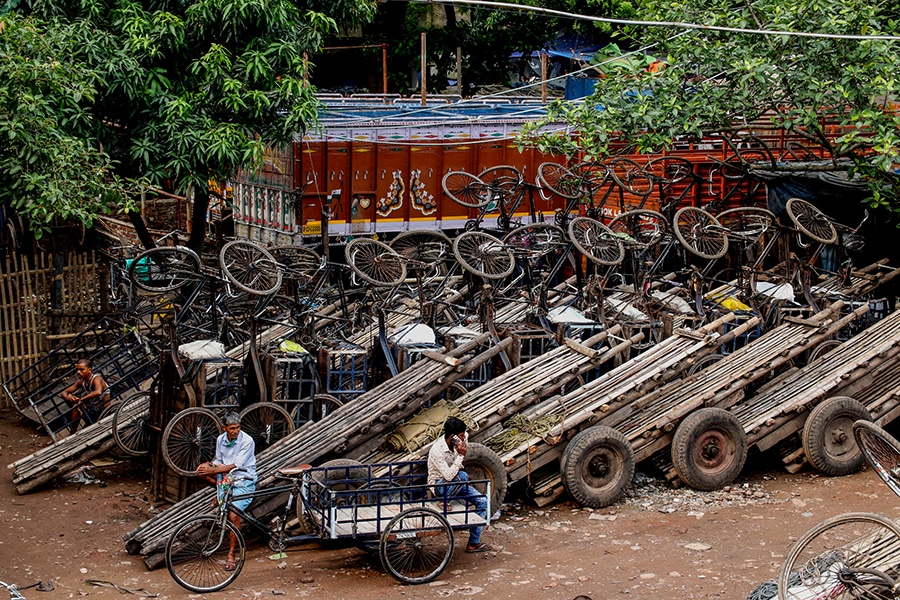
India's Q2 GDP contracts 7.5% but recovery is on the cards: Economists
The true revival of economies will depend on success and availability of Covid-19 vaccines

Photo by Debajyoti Chakraborty/NurPhoto via Getty Images
India’s economy contracted by 7.5 percent in the three months to September, according to data released Friday, reflecting a sharp recovery from the previous quarter when growth shrunk by 23.9 percent.
Though the pace of growth has been negative since the government imposed phase-wise lockdowns in FY21 due to the spread of the pandemic—and unlocking later—economists are confident that the revival of the economy is becoming entrenched, led by robust rural sector demand.
But the impact of the pandemic and the availability of vaccines in coming months will become equally critical factors in determining global economic revival.
India’s GDP in the September-ended quarter was estimated at Rs 33.14 lakh crore, as against Rs 35.84 lakh crore in the same quarter last year, showing a contraction of 7.5 percent as compared to 4.4 percent growth in Q2 of last year.








